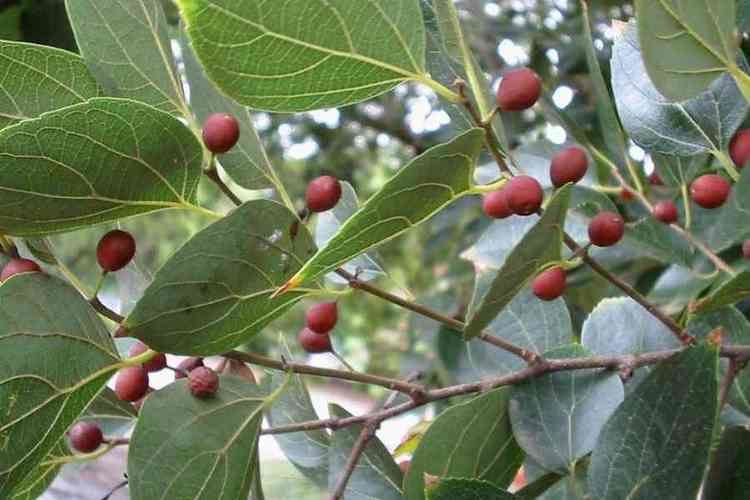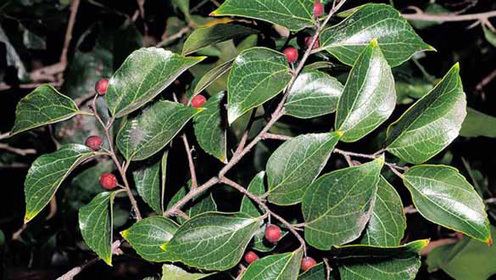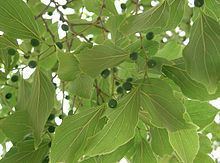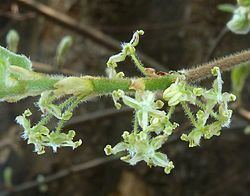Scientific name Celtis Rank Genus | ||
 | ||
Lower classifications Celtis occidentalis, Celtis australis, Celtis sinensis, Celtis laevigata, Celtis ehrenbergiana | ||
Plant id european nettle tree celtis australis
Celtis, commonly known as hackberries or nettle trees, is a genus of about 60–70 species of deciduous trees widespread in warm temperate regions of the Northern Hemisphere, in southern Europe, southern and eastern Asia, and southern and central North America, south to central Africa, and northern and central South America. The genus is present in the fossil record at least since the Miocene of Europe, and Paleocene of North America and eastern Asia.
Contents
- Plant id european nettle tree celtis australis
- Plant id asian hackberry celtis yunnanensis
- Description
- Selected species
- Formerly placed here
- Uses and ecology
- Lepidoptera
- Pathogens
- References

Previously included either in the elm family (Ulmaceae) or a separate family, Celtidaceae, the APG III system places Celtis in an expanded hemp family (Cannabaceae). The generic name originated in Latin and was applied by Pliny the Elder (23–79) to the unrelated Ziziphus lotus.

Plant id asian hackberry celtis yunnanensis
Description

Celtis species are generally medium-sized trees, reaching 10–25 m (35–80 ft) tall, rarely up to 40 m (130 ft) tall. The leaves are alternate, simple, 3–15 cm (1 1⁄4–6 in) long, ovate-acuminate, and evenly serrated margins. Diagnostically, Celtis can be very similar to trees in Rosaceae and other rose motif families.

Small monoecious flowers appear in early spring while the leaves are still developing. Male flowers are longer and fuzzy. Female flowers are greenish and more rounded.

The fruit is a small drupe 6–10 mm (1⁄4–3⁄8 in) in diameter, edible in many species, with a dryish but sweet, sugary consistency, reminiscent of a date
Selected species

[ syn. C. gomphophylla Bak. ]
[syn. C. japonica Planch.; C. sinensis var. japonica (Planch.) Nakai; C. tetrandra ssp. sinensis (Roxb.) Y.C.Tang]
Formerly placed here

Uses and ecology
Several species are grown as ornamental trees, valued for their drought tolerance. They are a regular feature of arboreta and botanical gardens, particularly in North America. Chinese hackberry (C. sinensis) is suited for bonsai culture, while a magnificent specimen in Daegu-myeon is one of the natural monuments of South Korea. Some, including common hackberry (C. occidentalis) and C. brasiliensis, are honey plants and pollen source for honeybees of lesser importance. Hackberry wood is sometimes used in cabinetry and woodworking.
The berries are often eaten locally. The Korean tea gamro cha (감로차, 甘露茶) contains C. sinensis leaves.
Lepidoptera
Celtis species are used as food plants by the caterpillars of certain Lepidoptera. These include mainly brush-footed butterflies, most importantly the distinct genus Libythea (beak butterflies) and some Apaturinae (emperor butterflies):
Pathogens
The plant pathogenic basidiomycete fungus Perenniporia celtis was first described from a Celtis host plant. Some species of Celtis are threatened by habitat destruction.
